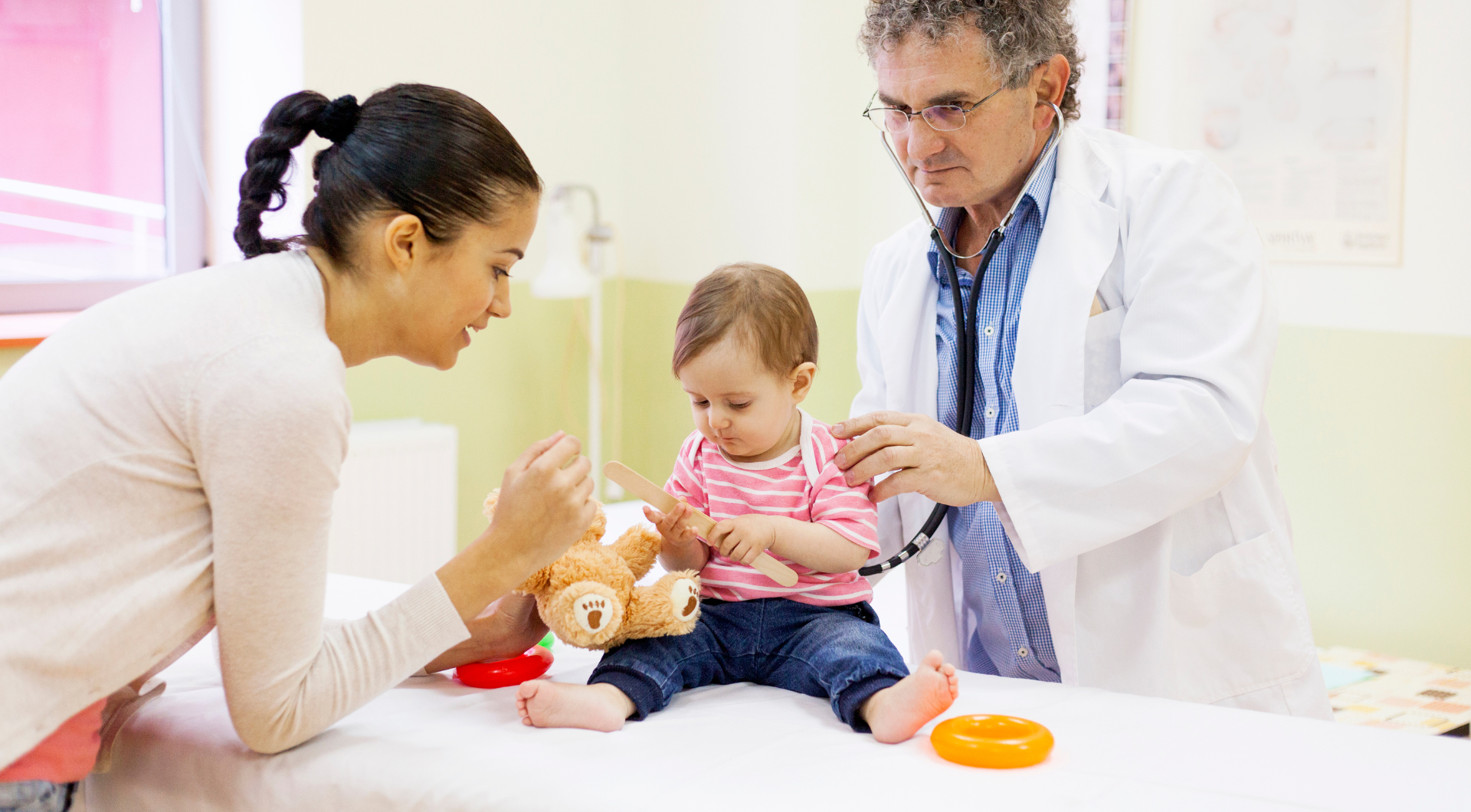.png?sfvrsn=1c38974d_0)
What is the Certified Child Life Specialist Credential?
Issued by the Child Life Certification Commission (CLCC), the Certified Child Life Specialist (CCLS) credential is the exclusive credential for the child life profession.
The CCLS credentialing program is a rigorous, examination-based professional certification designed to promote the proficiency of child life professionals by identifying a body of knowledge, establishing a level of comprehension, and verifying mastery of critical child life concepts.
Individuals wishing to become certified must meet specific academic and clinical experience requirements in addition to passing the Child Life Professional Certification Exam.
Credential Highlights
Along with an official printed certificate, all individuals passing the Child Life Certification Exam will receive a digital badge. The digital badge allows CCLSs to visually represent their achievement of earning the CCLS designation. It enhances their professional visibility, making them more noticeable to employers and peers in professional communities.
The digital badge also allows the viewer to confirm the current authenticity of certification and learn more about the requirements, professional skills, and competencies involved.
The Certification Cycle
Once certified, individuals follow a five-year certification cycle. The phases of the certification cycle are listed below.
.png?sfvrsn=ee3a974d_0)
Certification Forms, Manuals, & Resources
View and download the certification manuals, forms, and resources.

About the CLCC
The Child Life Certification Commission (CLCC) is a 501(c)6 that oversees the Certified Child Life Specialist Credential. The CLCC has authority for making decisions regarding all essential certification activities including policies related to:
-
Eligibility requirements
-
Certification standards
-
Child Life Certification Exam development and administration
-
Disciplinary actions for certification-related matters
